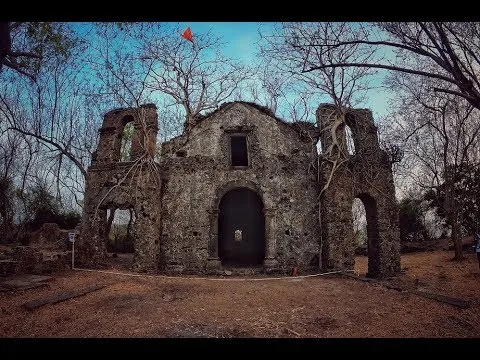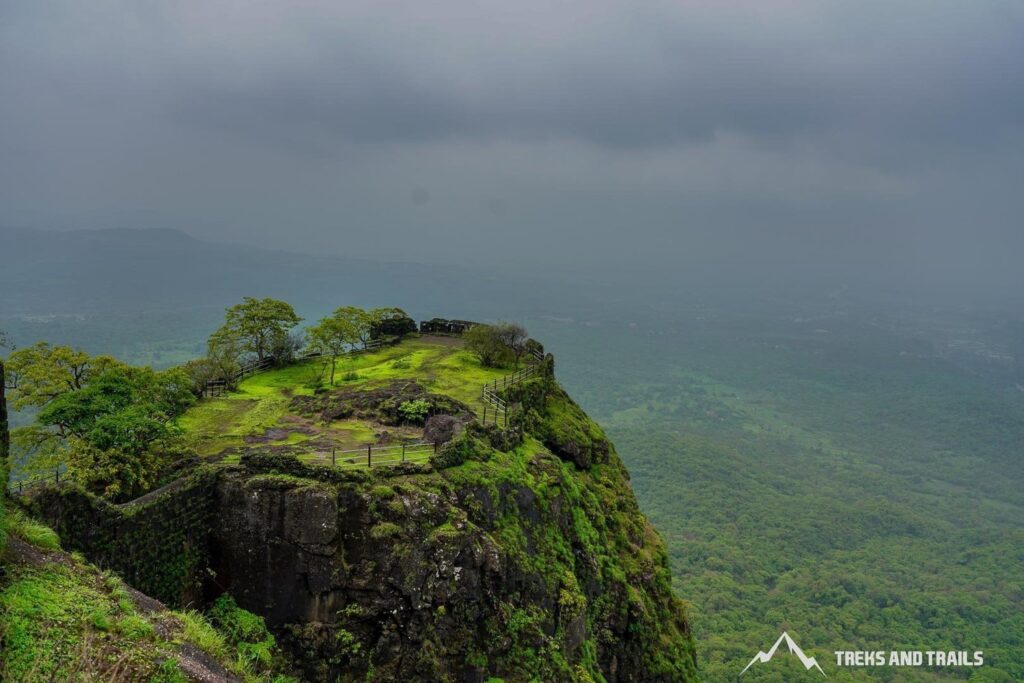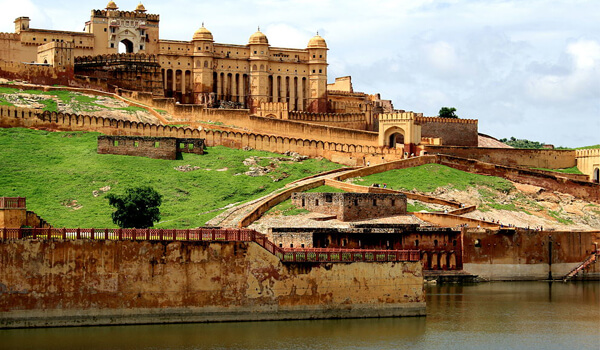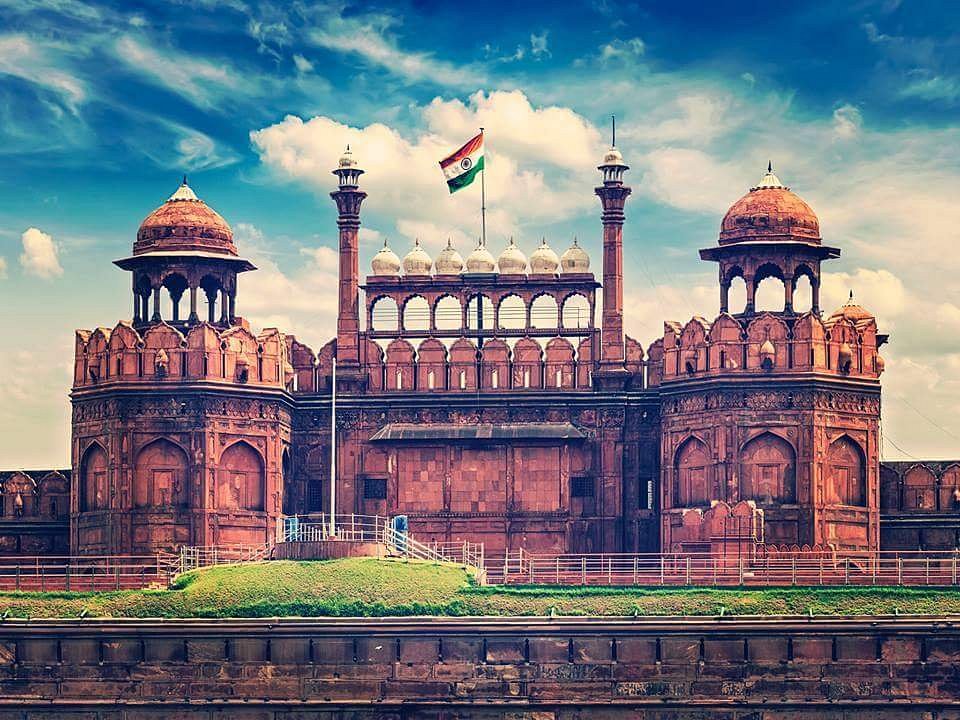Panhala Fort, situated in the Sahyadri mountain range of Maharashtra, India, is a historic fortress known for its strategic location, architectural grandeur, and rich history. Its origins date back to the 12th century when it was built by the Shilahara dynasty. Over the centuries, Panhala Fort played a pivotal role in the region’s history, witnessing numerous battles, sieges, and changes of power.

Early History and Construction:
Panhala Fort’s history can be traced back to the Shilahara dynasty, which ruled parts of present-day Maharashtra from the 9th to the 13th century. The fort was initially constructed around 1178 CE by King Bhoja II, the ruler of the Shilahara dynasty. Its strategic location atop a hill offered commanding views of the surrounding landscape, making it an ideal defensive stronghold.
The fort was strategically positioned along ancient trade routes, allowing its rulers to control trade and commerce in the region. Its sturdy fortifications, water reservoirs, and granaries made it a formidable fortress, capable of withstanding prolonged sieges.
Maratha Rule and Expansion:
In the 16th century, Panhala Fort came under the control of the Maratha Empire, led by the legendary warrior king Chhatrapati Shivaji Maharaj. Shivaji recognized the strategic importance of Panhala and further fortified the fortress, expanding its defenses and adding several structures, including watchtowers, bastions, and gateways.
Under Maratha rule, Panhala Fort became a bustling center of military activity and administration. It served as a key outpost for the Maratha army, enabling them to launch raids against enemy territories and maintain control over the surrounding region.
Battle of Panhala:
One of the most significant events in Panhala Fort’s history was the Battle of Panhala, which took place in 1660 between the Maratha forces led by Shivaji Maharaj and the Adil Shahi Sultanate of Bijapur. The Adil Shahi forces, under the command of Siddi Johar, besieged the fort in an attempt to capture it from the Marathas.
The siege lasted for several months, during which the Maratha defenders, led by Shivaji Maharaj himself, valiantly resisted the enemy onslaught. Despite facing overwhelming odds, the Marathas managed to hold their ground and repel the invaders, securing a decisive victory.
Later History and British Rule:
After Shivaji’s death, Panhala Fort continued to play a significant role in the Maratha Empire’s history. However, by the 19th century, the fort came under British control following the Anglo-Maratha Wars. The British made several modifications to the fortifications, including the construction of barracks, warehouses, and administrative buildings.
During the Indian freedom struggle, Panhala Fort served as a refuge for freedom fighters and revolutionaries who opposed British rule. It witnessed several acts of defiance and resistance against colonial oppression, symbolizing the spirit of India’s struggle for independence.
Present-Day Panhala:
Today, Panhala Fort stands as a testament to Maharashtra’s rich cultural and historical heritage. The fort’s sprawling complex encompasses numerous structures, including temples, mosques, reservoirs, and remnants of military fortifications. Visitors to Panhala can explore its winding pathways, majestic gateways, and panoramic viewpoints that offer breathtaking vistas of the surrounding countryside.
Panhala Fort has also become a popular tourist destination, attracting history enthusiasts, nature lovers, and adventure seekers alike. Its serene surroundings, coupled with its historical significance, make it a must-visit destination for anyone interested in exploring Maharashtra’s vibrant past.
In conclusion, Panhala Fort stands as a symbol of resilience, valor, and cultural heritage. From its ancient origins to its pivotal role in shaping Maharashtra’s history, the fort continues to captivate the imagination of visitors and historians alike, offering a glimpse into India’s storied past.






